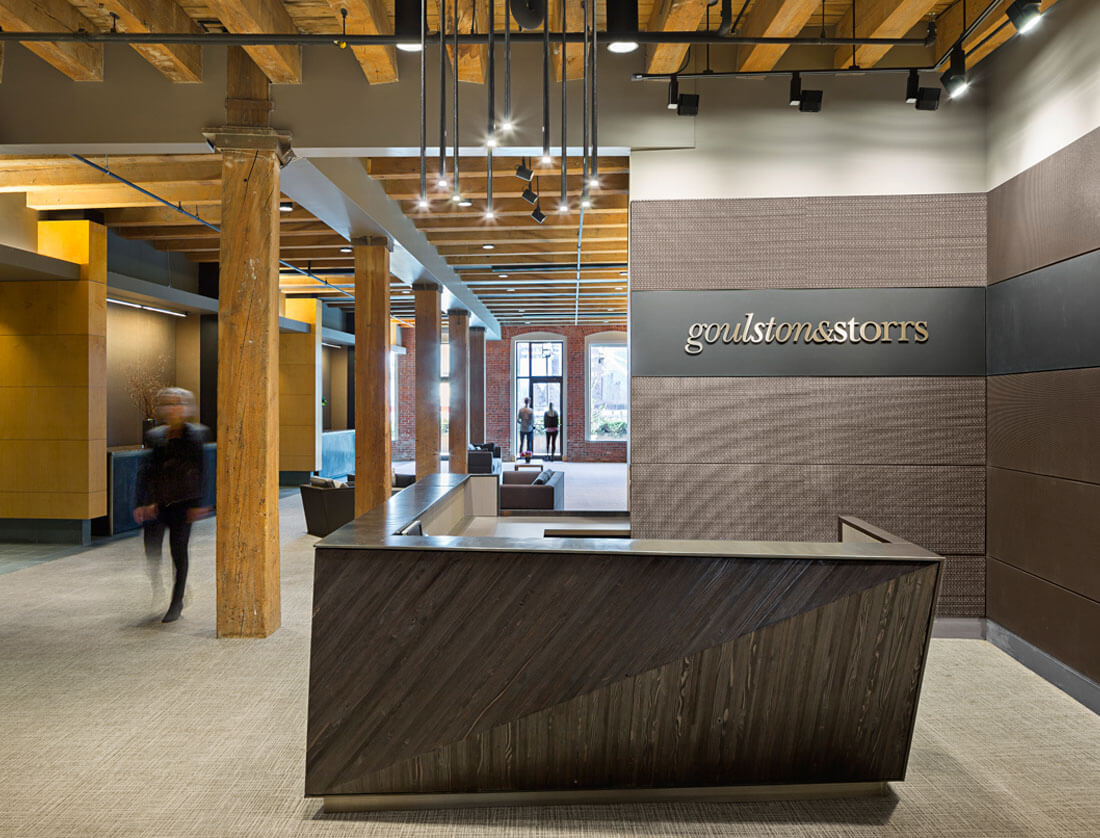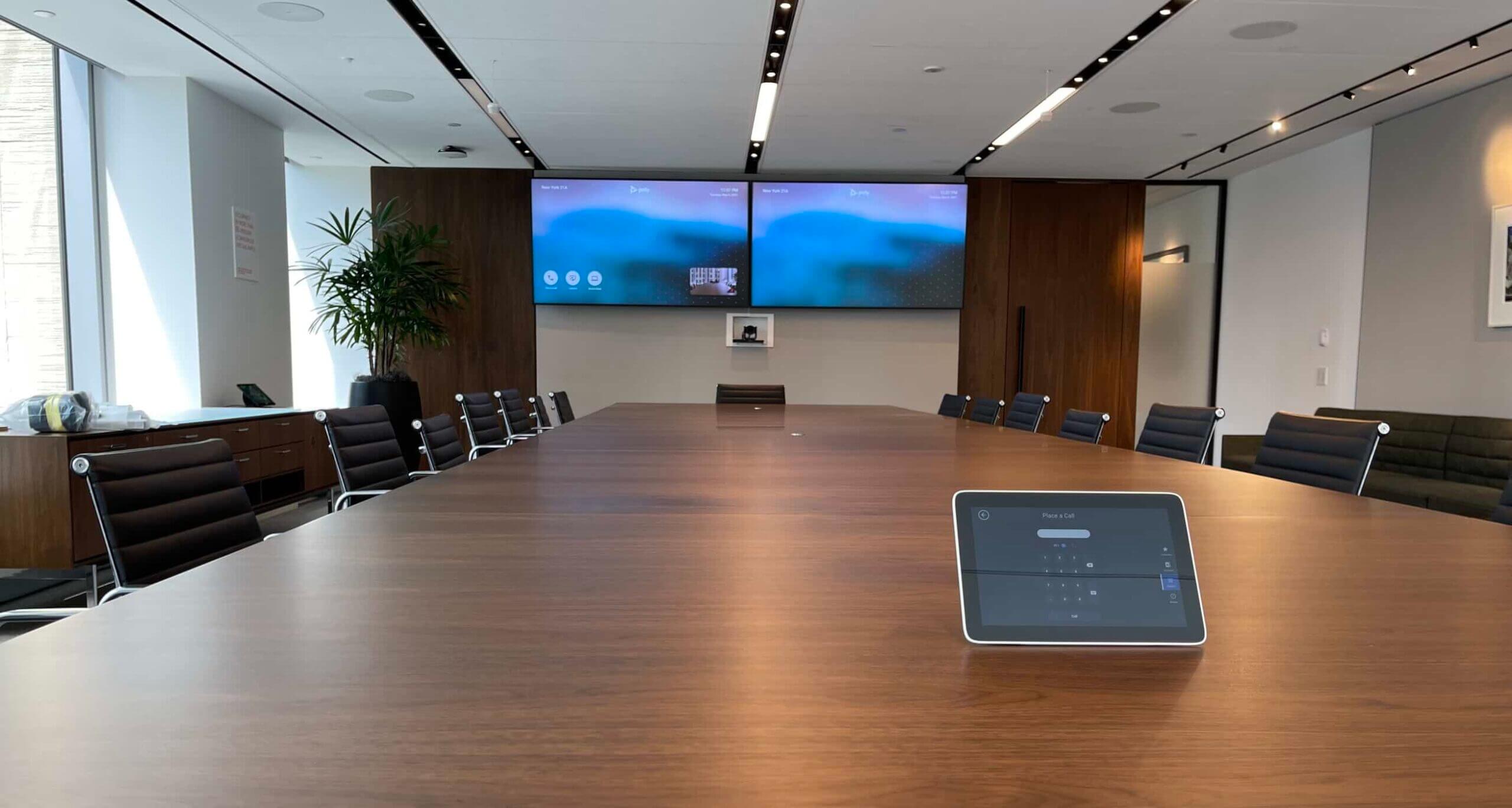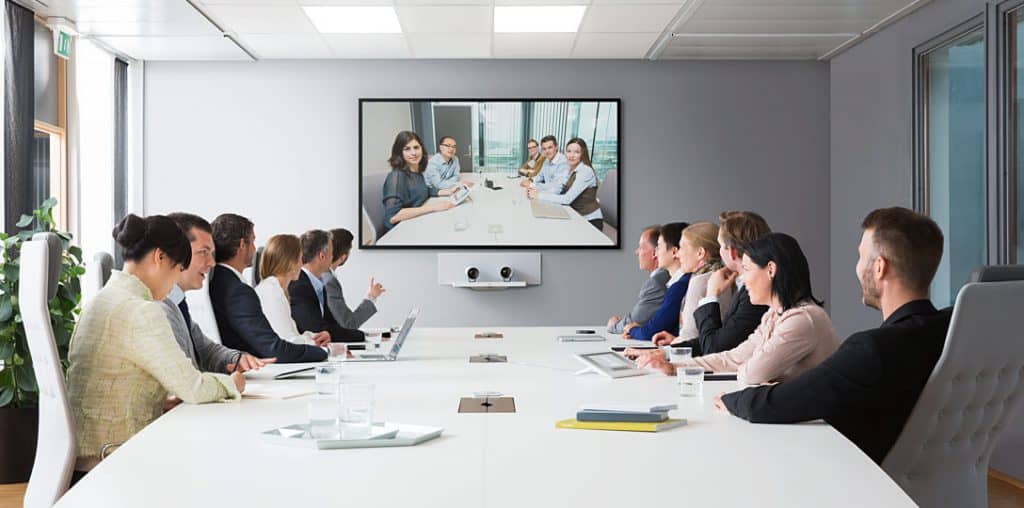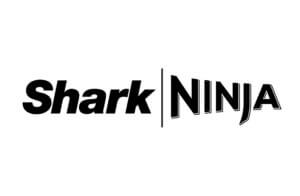By state law, all meetings convened by state legislators are conducted inside state capitol buildings. In addition to the physical meetings, all legislative business is broadcast as a public service over the internet. Recently, a west coast state legislative chamber completed a comprehensive video and audio system upgrade. High resolution studio quality video cameras, microphones and speakers were installed in all Assembly meeting rooms. Then the pandemic hit. Legislators went home and stayed there. Assembly business was drastically reduced. The state legislative body had a new, state of the art broadcast video system in place and a sharply limited number of Assembly meetings to broadcast.
As soon as the “Shelter in place” order was issued, the state’s technical leadership turned to IMT, the company that had designed and built the new television broadcast system with a set of urgent technical considerations. How were lawmakers going to start deploying video conferencing technologies? How could a video conferencing system engage the public and still be secured? How could the video conferencing system integrate seamlessly with the new broadcast video system? How could lawmakers, key witnesses, staff and the public shift to a remote working model and return to a productive legislative schedule with a minimum of interruption to the state’s business?
Remote Meeting Solution:
In three weeks, IMT designed and delivered a secure video conferencing system that integrates seamlessly with the government body’s broadcast video system. The new solution supports four simultaneous meetings, eighty remote legislators and staff, and up to 3,000 participants. The video conferencing system also accommodates an unlimited number of public phone-in contributors. Using a combination of technologies from Cisco and AT&T, the video conferencing system was customized to integrate into the broadcast control system so that all remote participants would be viewable as part of the public service broadcasts. IMT also designed a “moderated” call in service that integrated directly with the video conferencing platform. It allowed for moderators to filter and sequence calls from the public during live meetings.
A breakdown of the new remote broadcasting system included the following:
- Remote conferencing consultation and deployment services
- Managed Services of live events and video conferencing hardware
- User documentation and user training
- High end integration for various room deployments:
- Personal conferencing kiosks
- Training Rooms
- Broadcast rooms or halls
- Board rooms
- Huddle Rooms
IMT’s comprehensive design also added a technical moderator/director to manage the flow of the virtual meetings and monitor the contributions of participants. The IMT Best Practices Team crafted and trained staff moderators with a video conferencing rule book that included etiquette and the technical operations of the system. And before the “go live” date, IMT and staff went through several “dry runs” with users and participants to make sure the system operated flawlessly when the lawmakers reconvened.
Meeting Room Integration:
A joint effort between the state’s technical staff and IMT laid out plans to merge the video conferencing system with the meeting rooms and broadcast studio inside the Capital. Video and audio captured in the Capital’s meeting rooms was merged into the remote video conferencing system.
Large monitors were brought into the meeting chambers to display remote participants from the remote meetings. Both remote participants and the legislative meetings are then broadcast live over cable and the internet.
Witness Solution:
Under new “social distancing” rules, participants to large meetings will be required to be dispersed throughout the necessary chambers. As part of the video conferencing system, IMT designed personal conferencing kiosks and installed them throughout the capitol building. These personal kiosks are controlled by a remote operator and require no physical interaction from participants. All kiosks have the same audio and video capabilities insuring consistent high-resolution video and high audio fidelity from each meeting participant.
Conclusion:
In less than three weeks, IMT delivered a comprehensive set of technologies, documentation, user training and managed services to enable lawmakers to return to business from a large number of remote locations across the state.
IMT’s Media systems integration business provides a broad range of technology solutions to telecommunications, media, entertainment and other large enterprise customers. With a world class staff of technology architects, engineers, and sales professionals, IMT is focused on designing and building state-of-the-art solutions for broadcast television and media studios, media asset management systems, high performance computing, storage, cloud, security and networking technologies. IMT is engaged with a large list of top tier media clients on a varied set of projects including strategic business consulting, technology infrastructure, large scale media storage and archiving, networking, cloud deployment and managed services. Customers include the major studios, broadcast and cable networks, media service providers, and distributors of content worldwide.










